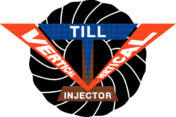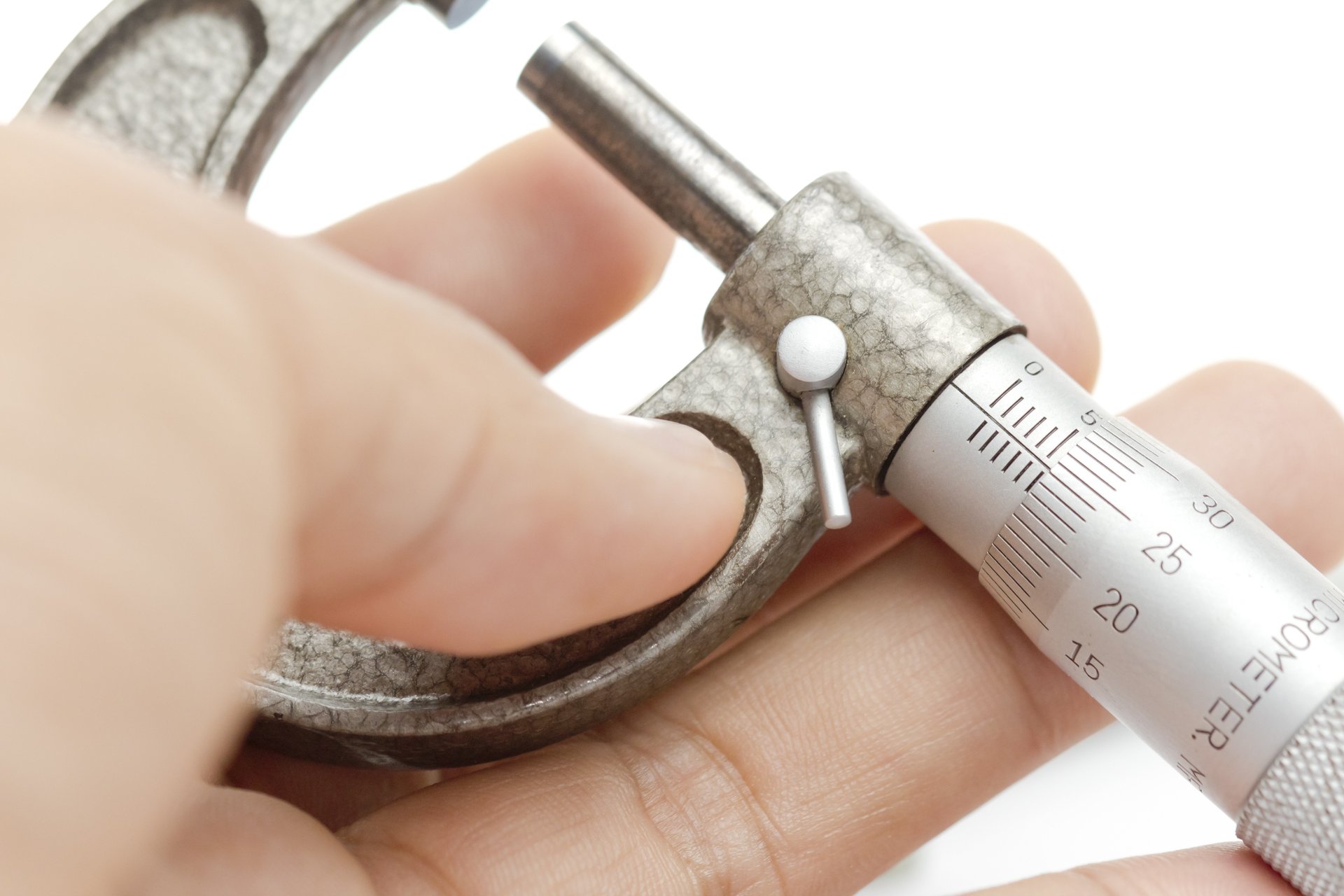Equipment like manure tool bars probably seem simply enough to understand on your farm. However, these items actually need regular calibration to ensure that they aren’t running improperly. Failure to calibrate your liquid manure tool bars could result in a lower yield for your crops and other problems that can severely impact how well your crops grow this year.
What Is Calibration?
Manure tool bars need calibration methods to ensure that your fertilization is accurate. Calibration includes testing how the manure spreads from your equipment and gauging its efficiency. You must then adjust elements of the equipment, including its flow and the location of its spreading tools, to ensure that it remains as efficient and effective as possible.
Important Elements Of Calibration
The first thing you need to know is the spreader capacity and how many gallons are spread per acre. Test this by filling your equipment with a certain amount of water and spreading all of it. Gauge how long this process takes to understand your spreader capacity. You can also divide the total amount by your acreage to get a feel for its per-acre capacity. Other important factors include driving speed, spreading width, and overlaps.
Calibrating Is Essential
As you can see, proper calibration of equipment like liquid tank manure bars ensures that you minimize the risk of poor fertilizer spread. More importantly, you can make sure that you get fertilizer and manure everywhere it needs to go on your farm. This benefit is something that farmers simply can’t ignore. So don’t hesitate to get started on the calibration process as quickly as possible.

